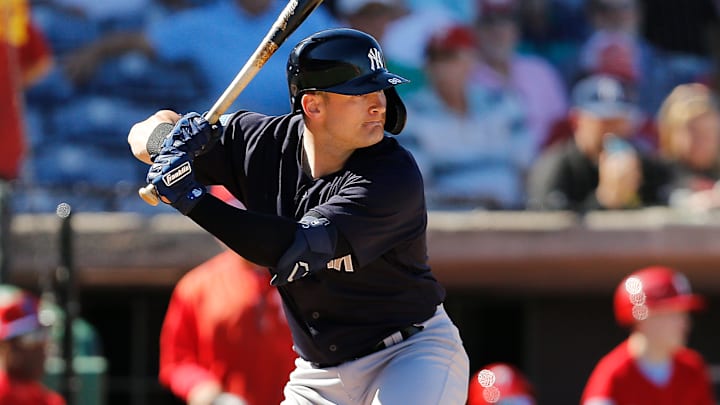From the first draft in 1965 through the draft in 2019, the Braves have selected 1400 prospects in the first 20 rounds and signed 980 of them, but only 222 (23%) appeared in the majors after signing.
Prospects are the lifeblood of a team's success, good ones add depth and take over everyday jobs to keep the team young and successful. Despite all of the time and money teams spend choosing players, signing and nurturing a prospect to reach the majors is more like a lottery than a science.
All early-round selectees are highly ranked or considered good enough by the team that selects them to have a puncher’s chance at a Major League career.
Appearing in the majors isn't a long-term success because some of those players are on this list, but it does show how hard it is to get there.
The flip side of the Braves’ 23% success rate is a 77% failure rate. With a failure rate that high, you’ll find a lot of busts, some of them epic.
Braves’ 10 biggest draft and international signing flops
10. The Wren Drafts
Frank Wren believed he had an eye for undervalued prospects. However, only Mike Minor in 2009 - who wasn’t undervalued - lived up to his first-round selection. The rest were busts.
- 2008 first-round pick, unranked Brett Duvall, topped out in Low-A,
- 76th-ranked Mat Lipka (2010) hung around in the minors for 12 years without a major league game.
- 48th-ranked Sean Gilmartin pitched elsewhere for six years and totaled a 1.0 rWAR
- 29th-ranked Lucas Sims is now a reliever with the Reds with a –0.2 total rWAR
- 46th-ranked Jason Hursh appeared in 11 games over two seasons (2016-17)
- Wren tried to convert 35th-ranked high school first baseman Braxton Davidson into an outfielder. He topped out in High-A.
9. Macay McBride 132 games (-0.2 rWAR)
John Schuerholz had awful luck in the first round of the 2001 draft. He used the Braves' three first-round picks for 24th-ranked Macay McBride, 29th-ranked Josh Burrus, and 40th-ranked Richard Lewis. McBride played for parts of three seasons (2005-2007) and was out of the game after appearing in one minor league game in 2008.
8. Dan Meyer 103 games (-0.9 rWAR)
The 2002 two draft saw the Braves select Dany Meyer as a sandwich pick between Jeff Francoeur and Brian McCann. Meyer appeared in one game for Atlanta before being sent to Oakland as part of the Tim Hudson trade.
He didn’t return to the majors until 2007 and Oakland put him on waivers after the 2008 season. The Marlins claimed him but designated him for assignment after two seasons. Meyer spent 2011 in the Pirates system and was out of affiliated ball in 2012.
7. Scott Thorman – 175 games (-1.0 rWAR)
The Braves selected 96th-ranked Scott Thorman with the 30th pick of the 2000 draft in their search for a first baseman with power. In the minors, Thorman looked like he could be a Mark Grace type player, but his bat never emerged in two seasons with Atlanta. He hung around the minors through 2012 without returning to the majors.
6. Kolby Allard – Active (-1.5 rWAR)
John Coppolella ignored Allard’s history of back trouble and selected Allard with the Braves first pick (number 14) in the 2015 draft. Allard appeared in only 16 minor league games in 2016 but made 27 starts in 2017 and moved to Triple-A in 2018, pitching to a 2.72 ERA in 19 starts and earning a call to Atlanta.
5️⃣IP
— Bally Sports: Braves (@BravesOnBally) August 1, 2018
9️⃣H
3️⃣ER
2️⃣BB
1️⃣SO
… and a base hit.
It was a memorable debut for Kolby Allard.@Braves | #ChopOn pic.twitter.com/EkAr9tSeL2
Things didn’t go well for Allard in Atlanta, and injury cost him the rest of the season. He started 2019 with Gwinnett but was traded to Texas at the deadline for reliever Chris Martin. Allard is still pitching but has yet to perform at a level that would justify his rank or his first-round selection.
